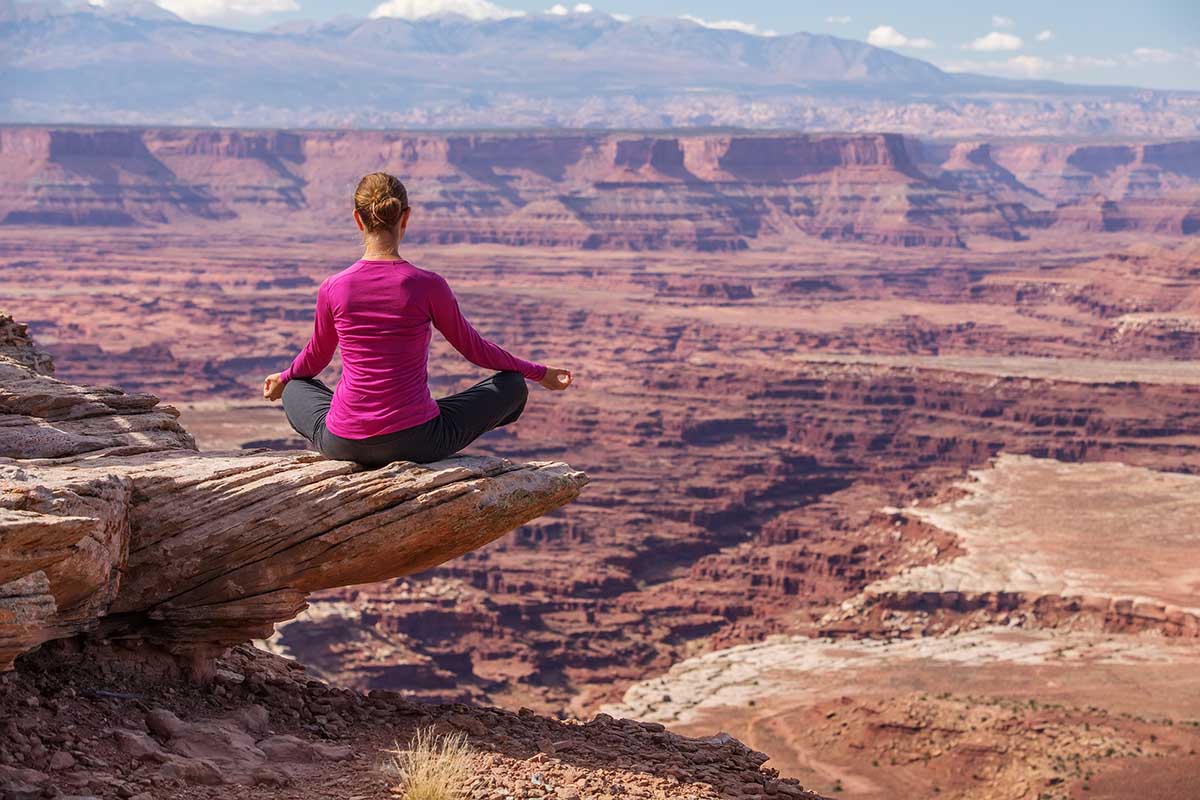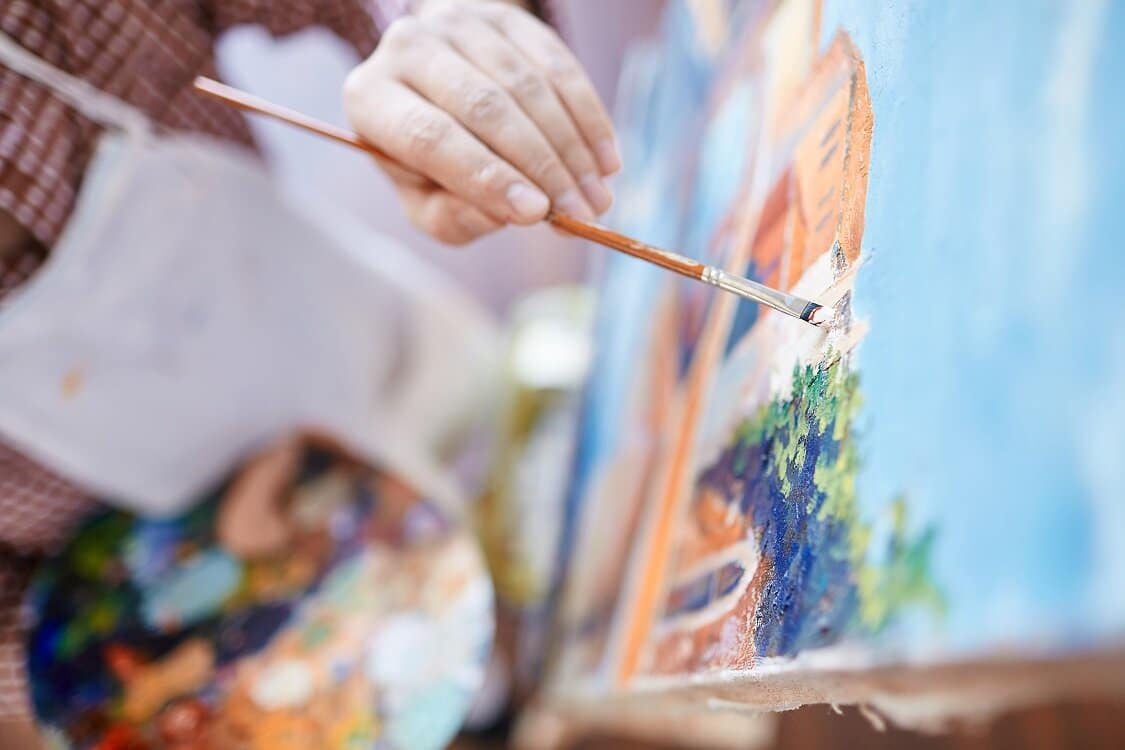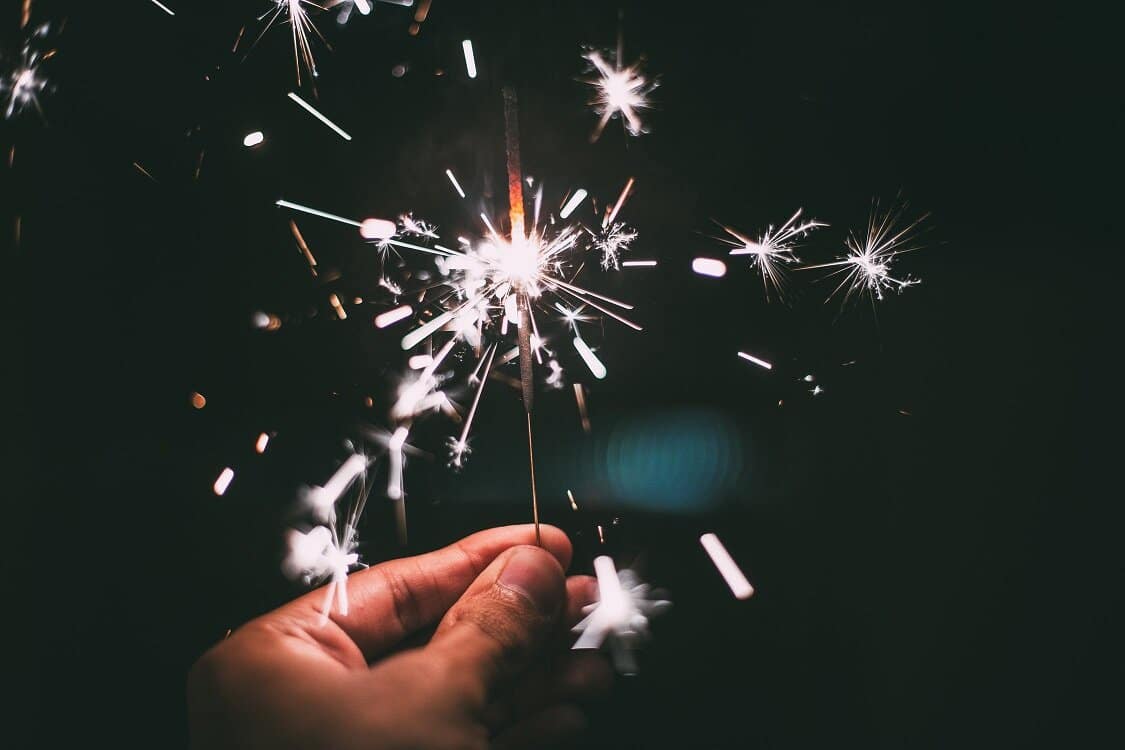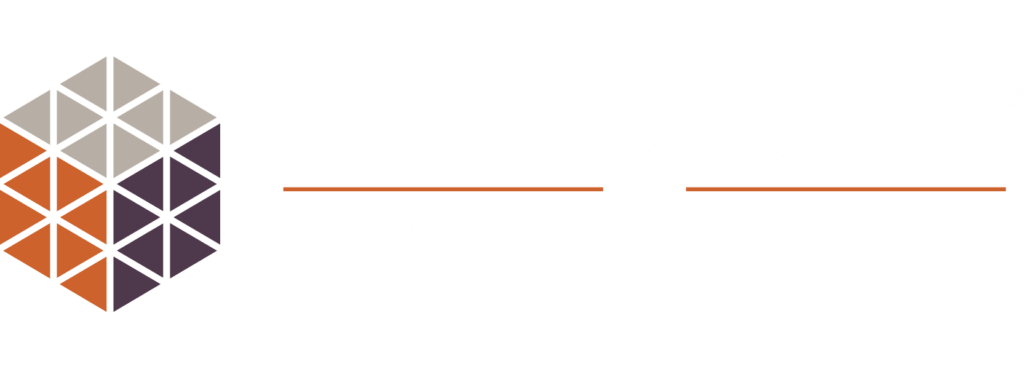Identifying relapse triggers
The journey of recovery is a path pregnant with challenges, and one of the most notable is the potential for relapse. One of the biggest hurdles to navigating this journey successfully is being able to understand and recognize relapse triggers, or stimuli that can cause a return to substance use.
In this post, we’re going to dig into the nature of triggers and investigate their inherent complexity and the central role they play in addiction recovery. By being able to more easily identify and address various triggers, individuals in recovery can fortify their defenses against relapse and lay a stronger foundation for long-term success.
What Are Relapse Triggers?
Relapse triggers are varied and personalized cues that can evoke the thoughts, feelings, or behaviors associated with substance use. They are broadly categorized into two types: internal triggers, which originate from within, such as emotions, thoughts, or physical sensations; and external triggers, which arise from the environment, including people, places, and specific situations.
Getting a clearer grasp of the nature of these triggers is crucial, as they can subtly undermine recovery efforts, leading to a heightened risk of relapse. Recognizing and acknowledging the presence of these triggers is the first step towards developing effective strategies to manage them, thereby safeguarding the progress made in recovery.
Common Relapse Triggers
One of the most critical aspects of recovery is being able to identify common relapse triggers so they can be avoided or compensated for.
- Stress stands out as a primary trigger, often pushing individuals towards old habits as a form of escape or relief.
- Emotional distress, including feelings of anxiety, depression, or loneliness, can also prompt a return to substance use as a way to self-medicate.
- Social environments and relationships play a significant role, where interactions with certain people or visits to places associated with past substance use can reignite cravings.
- Seemingly positive emotions, such as excitement or happiness, can serve as triggers, particularly if they were previously associated with substance use.
- Situational factors, including specific events or anniversaries, can also act as catalysts for relapse.
It’s crucial to remember that triggers are highly individualized, and what may be a powerful trigger for one person may not be a trigger for another, or it may be much less serious. The key lies in recognizing and understanding one’s unique set of triggers, thereby enabling effective management and response strategies.
Identifying Personal Triggers
The process of identifying personal triggers is deeply introspective and requires a commitment to self-awareness and sometimes brutal honesty.
One practical approach is through journaling, where individuals can document their experiences, emotions, and the circumstances surrounding moments of craving or relapse. This record can help in pinpointing patterns and specific triggers over time.
Therapy and counseling offer another avenue for uncovering triggers, providing a structured environment for exploration and understanding. Cognitive-behavioral therapy, in particular, is effective in helping individuals recognize the thoughts and feelings that precede relapse, equipping them with strategies to alter these patterns.
Additionally, getting feedback during open and honest communication from trusted friends, family, or support group members can offer external perspectives on potential triggers, sometimes highlighting aspects one might not have recognized independently.
Learn to Identify & Manage Relapse Triggers With Capo Canyon
Learning how to help insulate and strengthen your sobriety is a critical aspect of long-term recovery, and that means identifying and effectively managing relapse triggers. This is going to take time, self-awareness, honesty, and often the help of a third party. If you feel like you could use some professional help learning how to identify and deal with your own personal relapse triggers, reach out to Capo Canyon today.









